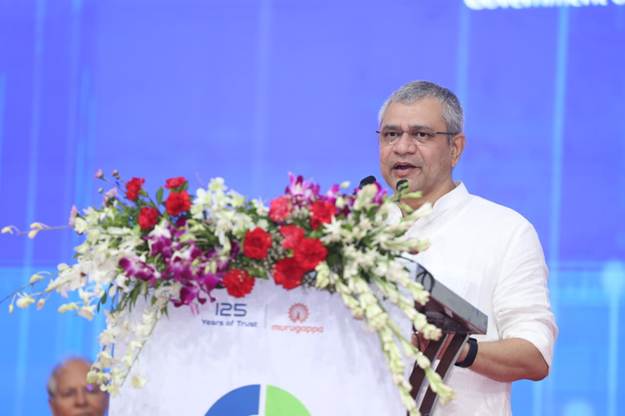
NEW DELHI — The India Green Hydrogen sector faces significant headwinds. Investor interest is undeniably robust, yet project execution lags dramatically. A new briefing note from the Institute for Energy Economics and Financial Analysis (IEEFA) confirms the challenge. It warns that most planned capacity struggles to move beyond the initial announcement stage. The reasons are clear: the absence of committed buyers, persistent high production costs, and critical regulatory uncertainty. This execution gap threatens India’s ambitious clean energy goals.
India Green Hydrogen: Pipeline Growth vs. Slow Execution
The sheer volume of proposed projects is impressive. As of August 2025, India boasted 158 India Green Hydrogen projects. This announced capacity is nearly 2.4 times the National Green Hydrogen Mission (NGHM) target of 5 million metric tonnes per annum (MMTPA) by 2030. However, the execution data tells a different story. IEEFA reports that a massive 94 per cent of the planned capacity has failed to progress past announcements. Only 2.8% of projects are operational. Furthermore, a minuscule 0.1% currently sits under construction. This disparity confirms the slow pace of project commissioning across the sector.
Demand Uncertainty and High Costs Create Bottlenecks
IEEFA identifies four primary barriers. First, unclear demand signals paralyse investors. Most projects cannot reach financial closure without confirmed, long-term buyers. Globally, confirmed off-take agreements remain weak. Second, high production costs create a substantial hurdle. Grey hydrogen, derived from fossil fuels, costs between $1.5 and $3 per kilogram (kg). Conversely, green hydrogen still ranges from $3 to $6 per kg. Even recent domestic benchmark discoveries remain above the cost of grey hydrogen. Therefore, this cost gap actively discourages immediate industry adoption.
Green Hydrogen: Infrastructure and Regulatory Fragmentation
Third, inadequate infrastructure adds major delays. India Green Hydrogen uptake relies entirely on supporting infrastructure. This includes storage, robust transport networks, and advanced electrolysers. Experts note that India possesses an excellent electricity transmission grid. It is currently easier to transmit renewable electricity than to transport hydrogen efficiently. This infrastructure deficit must close quickly. Fourth, regulatory uncertainty affects global partnerships. Varying definitions of “green hydrogen” across countries lead to market fragmentation. This divergence complicates international trade and export plans.
IEEFA Recommends Policy Solutions
IEEFA provides several actionable recommendations. Domestically, they strongly advocate for Hydrogen Purchase Obligations (HPOs). HPOs would compel industries currently using grey hydrogen (such as oil refining and fertilisers) to source a portion of their energy from green hydrogen. This policy would instantly create sustained domestic demand. Furthermore, the development of hydrogen hubs is crucial. Geographically concentrated ecosystems would allow for shared infrastructure. This strategy helps scale up use, reduces costs, and accelerates infrastructure development simultaneously. Finally, IEEFA urges the adoption of a globally harmonised emissions framework. This framework, potentially including a hydrogen product passport, resolves definitional differences and stabilises the international market.





